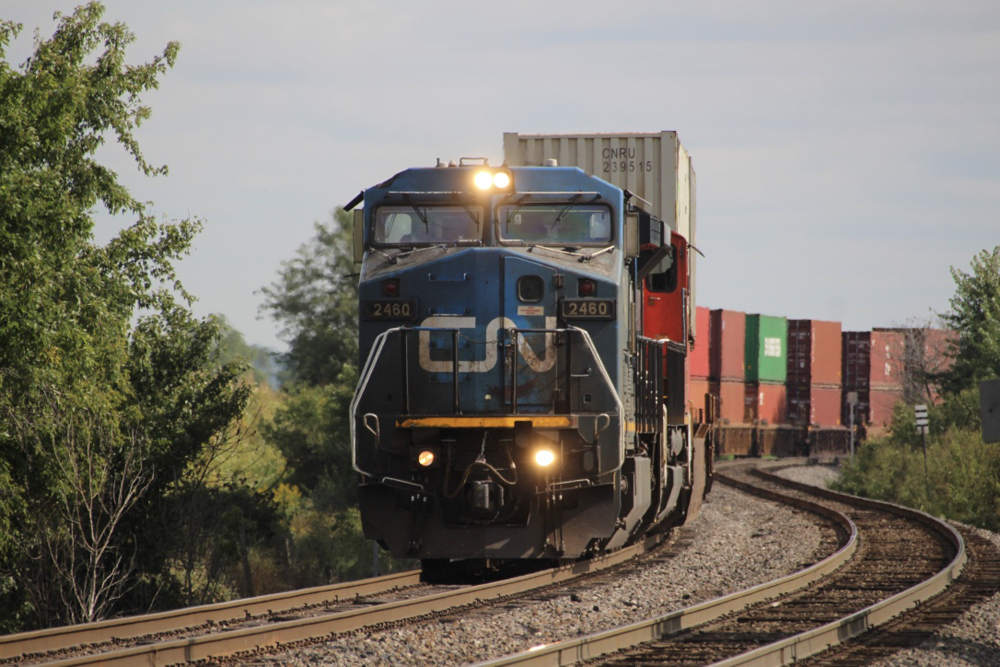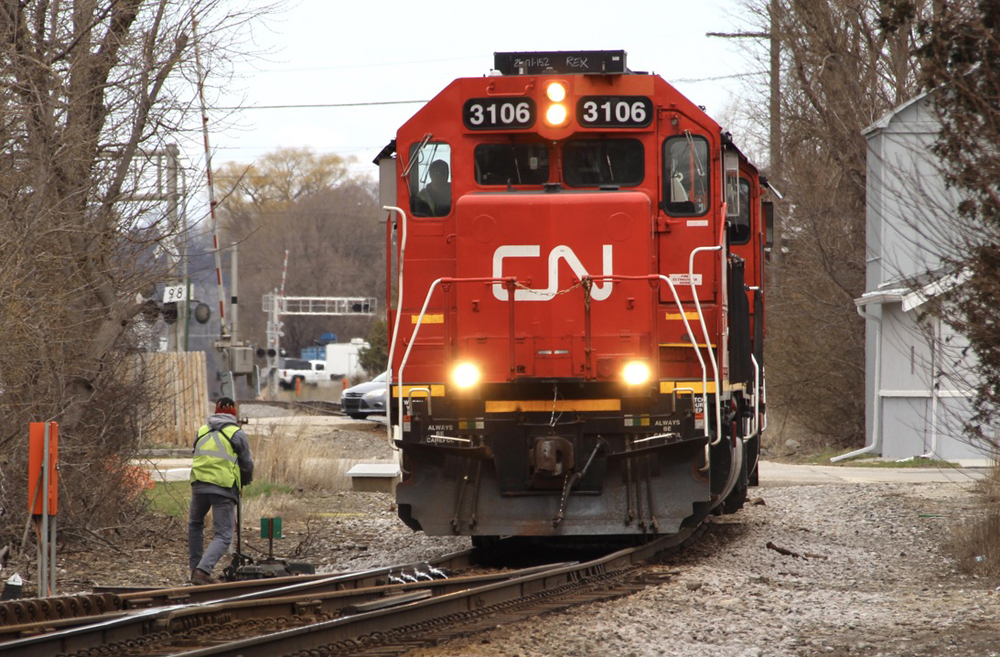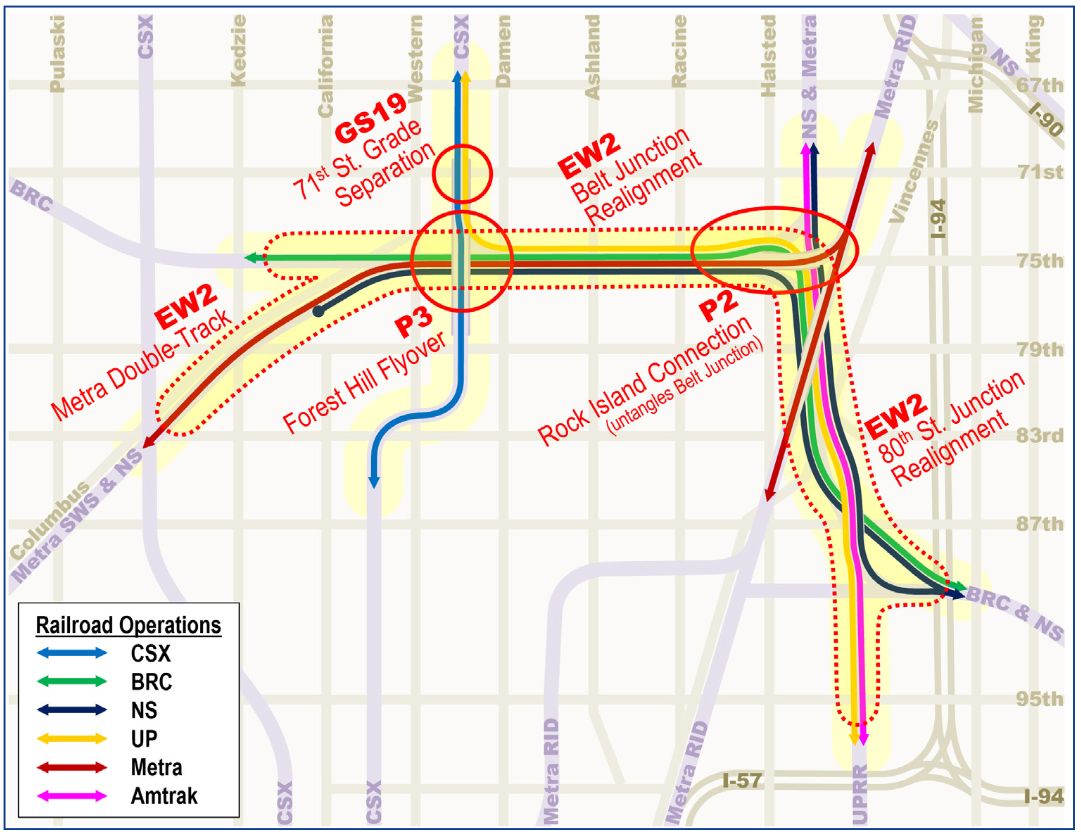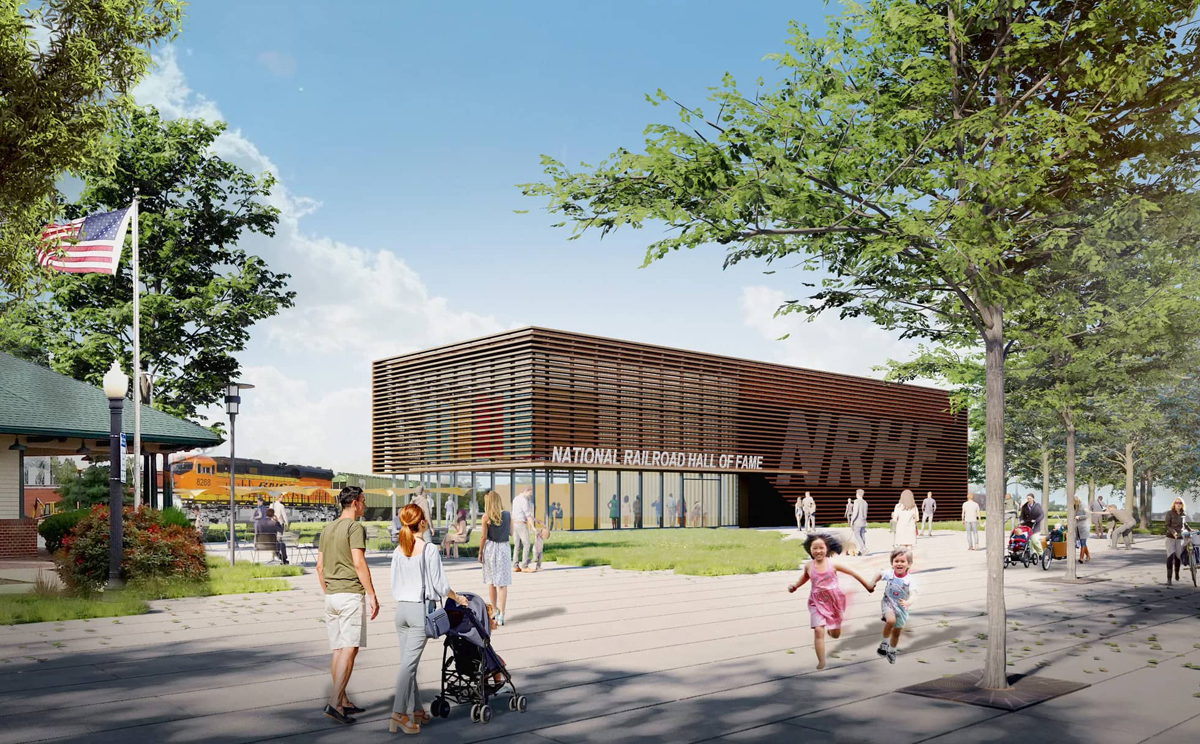
WASHINGTON — Canadian Pacific and Canadian National have taken steps to limit congestion at their U.S. intermodal terminals as shippers have been slow to pick up containers due to the impact of the pandemic.
The Canadian railways outlined their responses in letters to Surface Transportation Board Chairman Martin J. Oberman, who on July 22 requested information from all Class I railroads regarding intermodal terminal congestion and related container storage fees.
“Although CP’s four U.S. intermodal terminals (Bensenville and Schiller Park at Chicago, Detroit, and Minneapolis) have remained fluid, we have seen meaningful increases in the number of containers awaiting pick-up by our customers as well as the average dwell for containers in those facilities,” CEO Keith Creel wrote in an Aug. 6 letter.
CP’s inbound intermodal volume for the first six months of this year was below levels of 2019 and 2020, Creel noted, yet the number of containers stored at U.S. intermodal terminals nearly doubled compared to 2019.
“Our best assessment is that this phenomenon is primarily the result of logistics challenges affecting intermodal shippers’ access to, and decisions on how to allocate, the resources (chassis, draymen, loading dock space, etc.) needed to handle inbound intermodal shipments, leading them to delay the pickup of loaded containers that have arrived by train at our terminals,” Creel wrote.
CP has been able to avoid congestion at its U.S. terminals by taking proactive steps, Creel says, such as working with intermodal shippers to divert traffic to an alternative terminal.
CN CEO JJ Ruest noted how the pandemic has created broad disruptions in global supply chains, from extra container ships arriving in North America and backed up import warehouses to a shortage of truck and chassis capacity. Volumes have been volatile, he says, due in part to pandemic-related closures of Chinese factories and port facilities and North American retailers ordering large quantities of goods that may not be needed for months.
In response, CN has increased train length from the Port of Prince Rupert, British Columbia, by 20% this year, and boosted the number of international intermodal trains by 35% from the first quarter to the second quarter.
In Chicago, the epicenter of intermodal congestion on the Class I railroads, CN has expanded crane capacity by 30%, boosted terminal staff by 25%, increased terminal capacity by 20% by shifting to grounded operations.
CN also has accepted traffic diverted from Pacific Northwest ports at Vancouver and Prince Rupert, trucked boxes from the Port of Vancouver to its domestic intermodal terminal in Vancouver to free up space on the docks, and added capacity at the Port of Halifax, Nova Scotia, and Mobile, Ala., to handle traffic diverted from the West Coast.
“Despite these successful efforts to manage the rail container pipelines and volumes, the average daily count of stored international containers has increased at most of CN’s U.S. intermodal terminals,” Ruest wrote in his Aug. 9 letter.
The number of boxes in storage at Chicago and Memphis has more than doubled since January.
“An intermodal terminal is just like a high-velocity cross dock, with volumes being received on one side and volumes going out for distribution on the other side,” Ruest wrote. “There is some flex within the system to absorb and accommodate limited spikes and volatility. But if the volume received … far exceeds the pace at which it exits for distribution, then it is critical that we meter the inbound volumes to protect the fluidity of the terminal. This is exactly what CN has done through a broader supply chain model that is deep rooted in CN’s operations. It is important that the upstream pipeline is controlled to mitigate downstream impact at destination intermodal terminals.”













